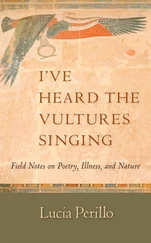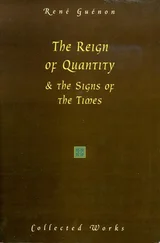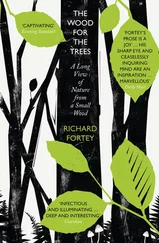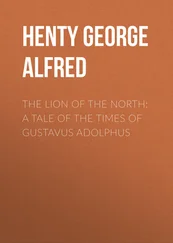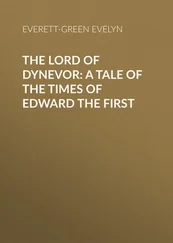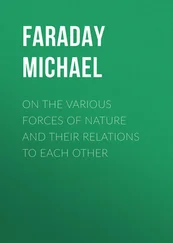 22nd January
22nd January
THERE ARE MANY tufted ducks on lakes and large ponds at the moment. The drakes stand out with their black bodies and silvery-white flanks. If they roll over to preen, they look almost completely white. The females are brown birds, but they too have lighter, yellowish flanks.
Both sexes have bright golden eyes, and a little ponytail of drooping feathers at the back of the head. They are diving ducks, leaping forward when they go under and spending much of their time beneath the surface. In the next few weeks some of the tufted ducks that came here for the winter will be heading further north again. Sometimes a drake that was a winter visitor takes one of our native females with him.
In the bare wild rose bushes, a large gall called robin’s pincushion, or bedeguar gall, is noticeable now. In the autumn it was a ball of bright pink, tangled hairs but by now some of the hairs have fallen out and most of the others have turned black. The larvae of a small gall wasp are still inside the ball and will emerge as wasps themselves in May. A few rotting red or black hips also linger on the thorny wild rose twigs.
23rd January 
MORE LEAVES OF wild flowers are coming up on roadside verges and in ditches.
Lesser celandine has kidney-shaped leaves, shiny and dark green, each growing on its own long stalk. Later they may take on a purple tinge. They grow in damp places, and the glossy yellow flowers will soon be following them, turning their faces to the sun. Buttercups, which belong to the same family, are also pushing up their leaves, which are deep-cut and fern-like. There are two common species, the meadow buttercup and the bulbous buttercup. These are best distinguished, when the yellow flowers come out in April, by the way the sepals of the bulbous buttercup hang down beneath the petals. The jagged-edged leaves of dandelion are sprouting everywhere: they grow in small rosettes that lie flat on the ground. All this progress towards spring could be arrested by frost or snow.
Chaffinches and blackbirds are starting to take up their spring territories, and the first of them should be heard singing in the next week or so.
COAL TITS, LIKE the blue tits and great tits, have now started singing their spring song. This is a more high-pitched, liquid-sounding version of the great tit’s ‘teacher, teacher’ song, and is usually delivered more rapidly. A variant, with a repeated phrase of three short notes, can also be heard. The coal tits often sing from high in a fir or redwood tree. In parks and woodland where they are common, they answer one another: each bird is warning its neighbours to keep out of its territory. They are small, restless birds, with a black cap and a noticeable white nape.
Long-tailed tits are still going round in flocks but these will soon be breaking up and the pairs will be looking for nest sites in gorse and hawthorn bushes. Unlike the other common titmice, long-tailed tits have no spring song, though a rapid, bubbling repetition of their squeaking and churring notes has been recorded.
Long-tailed tits use lichens to camouflage their domed nests. These strange crusts that appear on trees and stones are formed from an alliance of fungi and algae. They thrive in the sunlight in winter, when there are no leaves to cast their shadows on them.
 25th January
25th January
FOXES ARE MATING, both in country and town. The dog foxes make short, dry barks as they move around in the night. When a vixen is ready to mate, she will let one of them approach her, and will start making bloodcurdling screams.
Her cubs will be born underground in the spring, and both parents will feed them, bringing rats and other creatures to the earth, which is often an enlarged rabbit hole. The cubs are born with blue eyes, but as they grow up their eyes turn to the familiar golden-yellow.
Mallards are going about in pairs. They are early nesters – some of them starting in February – and will soon be wandering around on land, looking for suitable nest sites. They may nest in nettle beds or under hedges, above ground in a hollow tree, or even in a hanging flower basket. They line their nests, which are skimpy affairs, with their own soft down, and often lay a dozen or more eggs. The female does all the incubating and rears the ducklings by herself; they skitter about on the water round her. It is the female that makes the loud quacking that is heard when mallards fly up in alarm.
THE COLD SPELL has sent birds fleeing to more agreeable places. Little grebes are dumpy, pinkish-brown birds that feed quietly among the reeds at the edges of lakes, diving for small fish and insect larvae. Ice on the water has driven many of them down to sheltered stretches of the coast – but they will stay there no longer than necessary. Some kingfishers have also found the fishing easier by the sea. Dippers live on fast-flowing streams, flitting from rock to rock and walking under the water, but harsh weather can send them down to the shore too.
Other birds have flocked to the milder western parts of the country. The two visiting winter thrushes, the redwing and the fieldfare, are always very mobile. Both feed in small parties on open fields, as well as in hawthorn and suchlike berry-bearing trees, so where the snow has been deep they have mostly flown away.
Some song thrushes have probably followed them, but as they are solitary birds their movements are harder to detect. They depend largely for food on earthworms, which are not easy to find under snow or, even worse, in frozen ground. But some have stayed put and have gone on singing, however frosty the dawn.
27th January 
ALONG THE SCOTTISH coasts, the eider duck – or eider, as they are generally called – are courting out on the water. Up to eight or ten of the black-and-white drakes swim round a single dusky-brown female, throwing their heads back in the air and displaying their brilliant white throats with the feathers puffed out. As they display, they make deep cooing notes, and each tries to edge closer to the female, who may eventually choose one and pair up with him. Though it is a soft sound, the drakes’ cooing carries far across the water.
Silver birch trees now have small, hard, male catkins on the dark crimson twigs. At a distance the whole tree looks purple, with the branches and twigs drooping gracefully around a silvery trunk with diamond-shaped black patches. The catkins will soften and turn yellow as the spring advances.
 28th January
28th January
GROUND IVY LEAVES are coming up among the dead leaf litter at the edge of country lanes. They will soon cover large stretches of ground but most of them will be crowded out by other plants and die before flowers have appeared. The leaves are soft, round and rather furry, and have a rich, sweet smell, like the leaves of other members of the mint family. The lipped, bluish-violet flowers will start to come out next month, and will be found among the other low vegetation until midsummer.
Читать дальше
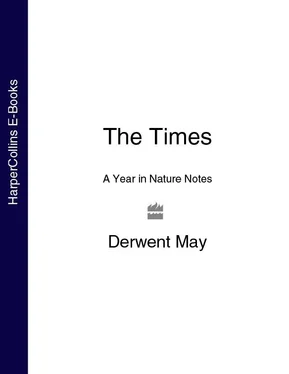
 22nd January
22nd January